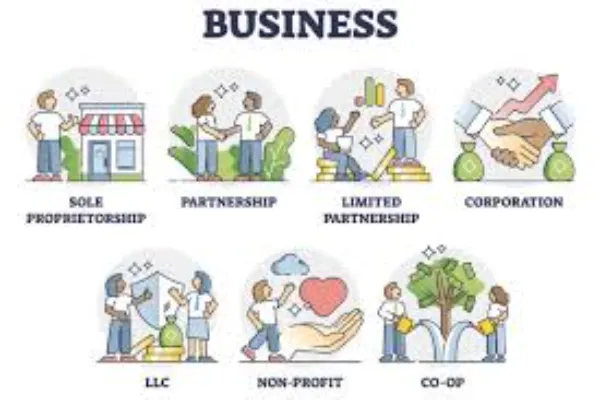Choosing A Holding Structure That Works In Real Life

Busy owners want clear control, smooth banking, and calm handovers – without turning the week into paperwork. Two tools usually sit on the table: a foundation formed in the UAE and an offshore trust. Both can serve families and operating groups well when the job is defined up front and the rules fit daily work rather than fight it.
A short, balanced primer like UAE foundations vs offshore trusts helps frame the decision, then the focus shifts to what each option feels like on Monday morning – who signs, how banks read the file, and how the plan holds up when roles change. The notes below keep the language simple and the steps practical so choices stay steady under time pressure.
What Control Looks Like Day To Day
Control is more than a word in a document – it is the way actions move from request to approval without drama. A UAE foundation is an entity with its own name that can hold assets and open accounts in that name. A small council runs it, guided by a short charter. That setup gives a “board-style” path: agendas, signers, minutes, and predictable outcomes. An offshore trust is a relationship managed by a trustee for named people. The trustee carries legal title and executes instructions for beneficiaries under a deed. That style suits plans built around caretaking and flexible distributions. Either way, control should look the same in practice – clear roles, short steps, and a record that any banker can follow in minutes.
Banking Without Friction
Banks care about clarity – who owns, who decides, who benefits. Files that answer those questions fast move faster. Use this one list to keep the road smooth.
- Keep a one-page snapshot: assets held, who can sign today, who backs up tomorrow.
- Name signers in plain terms and refresh specimen signatures on a schedule.
- Store the charter or deed, IDs, and minutes in one shared folder with clean filenames.
- Ask the relationship manager which structure their team onboards quicker for clients like yours.
- Match addresses and legal names across every document – small mismatches slow everything.
- Time actions around bank cycles – midweek business hours beat late Fridays every time.
Succession That Survives Busy Schedules
Plans fail when they rely on a single person’s memory. A foundation handles continuity well because the entity keeps living while seats on the council rotate. A trust handles support well because the trustee is bound to act for the named people as life shifts. Either way, succession should be written in plain language: who replaces whom, how often the roster is reviewed, what happens if two people are away, and how voting works during a transition. Add a once-a-year checkup – a short meeting where roles, assets, and next steps are confirmed. Simple rituals prevent long email threads later.
Where Each Tool Fits
Each option shines in a different light. A foundation fits owners who want one steady name on titles and accounts, company-style governance, and a file that banks in the region recognize quickly. It also works well for holding shares of an operating company, real estate, or a portfolio under the same roof. A trust fits plans centered on beneficiary care, charitable aims, or long-standing family terms where a professional caretaker model feels natural. Geography matters – if the bank and advisors already know a UAE foundation file inside out, that familiarity is a real advantage. If the team runs on deep trust practice in a certain common-law hub, a trust can still be the straight line.
A Clean Finish Line
Decisions land well when the setup is small, readable, and easy to run. Pick the structure that shortens routine tasks – opening an account, adding a property, appointing a signer – and that your bank accepts without extra rounds. Write the rules in plain English, keep the folder tidy, and refresh roles on a calendar instead of in a rush. If the answer still feels close, start with the option your bank opens sooner and your advisors service faster – fewer moving parts mean fewer surprises when a deadline appears. A holding tool should protect the family and free attention, not pull it away – choose the path that keeps work short and calm.




